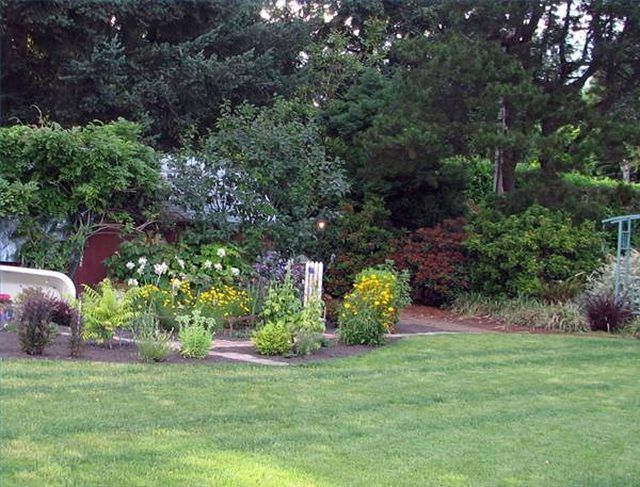Bulbs
Flower Basics
Flower Beds & Specialty Gardens
Flower Garden
Garden Furniture
Garden Gnomes
Garden Seeds
Garden Sheds
Garden Statues
Garden Tools & Supplies
Gardening Basics
Green & Organic
Groundcovers & Vines
Growing Annuals
Growing Basil
Growing Beans
Growing Berries
Growing Blueberries
Growing Cactus
Growing Corn
Growing Cotton
Growing Edibles
Growing Flowers
Growing Garlic
Growing Grapes
Growing Grass
Growing Herbs
Growing Jasmine
Growing Mint
Growing Mushrooms
Orchids
Growing Peanuts
Growing Perennials
Growing Plants
Growing Rosemary
Growing Roses
Growing Strawberries
Growing Sunflowers
Growing Thyme
Growing Tomatoes
Growing Tulips
Growing Vegetables
Herb Basics
Herb Garden
Indoor Growing
Landscaping Basics
Landscaping Patios
Landscaping Plants
Landscaping Shrubs
Landscaping Trees
Landscaping Walks & Pathways
Lawn Basics
Lawn Maintenance
Lawn Mowers
Lawn Ornaments
Lawn Planting
Lawn Tools
Outdoor Growing
Overall Landscape Planning
Pests, Weeds & Problems
Plant Basics
Rock Garden
Rose Garden
Shrubs
Soil
Specialty Gardens
Trees
Vegetable Garden
Yard Maintenance
How to Kill Crabgrass in Centipede Lawns
How to Kill Crabgrass in Centipede Lawns. Centipede lawns grow well in warm climates and are popular in southern Georgia. As with many grasses, centipede lawns can be invaded by the troublesome crabgrass, which is a prolific weed. With the ideal conditions, crabgrass seeds can continue to germinate during the growing season. Each plant will grow to...

Centipede lawns grow well in warm climates and are popular in southern Georgia. As with many grasses, centipede lawns can be invaded by the troublesome crabgrass, which is a prolific weed. With the ideal conditions, crabgrass seeds can continue to germinate during the growing season. Each plant will grow to about a foot in diameter and when it dies it leaves a dirt patch. The following season the seeds it left behind can repopulate the centipede lawn with a new growth of crabgrass.
Kill the crabgrass' chance of growing. Keep the centipede lawn healthy. Crabgrass will have a difficult time growing in a healthy lawn. To keep the centipede lawn healthy, never mow it when the grass or soil is wet. Keep the mower blades sharp. Avoid early spring or late fall fertilization. And, do not use too much nitrogen on the centipede lawn.
Kill the crabgrass and its seeds. Begin treating the centipede lawn with pre-emergence herbicides in the second year. Apply the treatment when the forsythia are in bloom. Do this annually, following the instructions on the pre-emergence herbicides you purchase. Centipede grass is sensitive to some types of herbicides (such as 2,4-D). It is important to read the label before purchasing.
Kill the crabgrass seed's chance of germination. Pay attention to the mowing heights. If the lawn is mowed too short, it will help the crabgrass grow, as the seeds need sunlight to germinate. Yet, if you mow the centipede lawns at a height of 2 inches or more, it can be detrimental to the health of the centipede lawn.